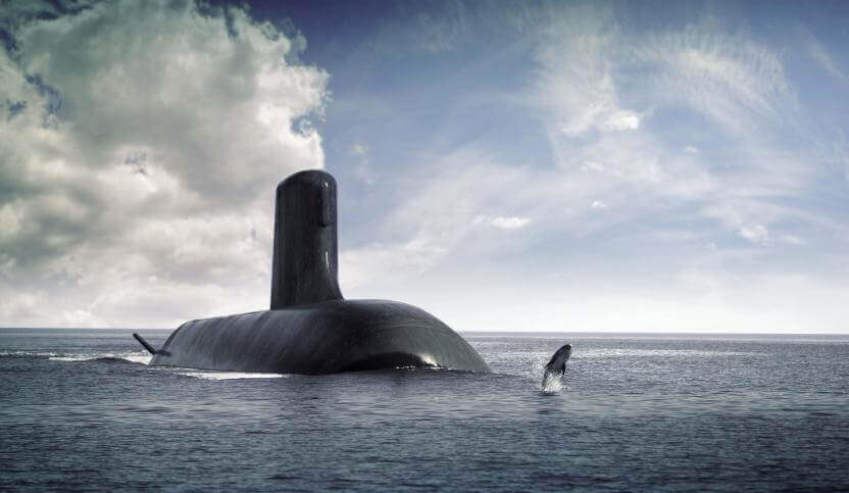The Department of Defence has quashed fears the Future Submarines may use conventional propellers, backing in Naval Group’s jet propulsion technology.
Speaking at a media briefing at the Pacific 2017 International Maritime Exposition, Naval Group's executive director of the Future Submarine Program Jean-Michel Billig said the $50 billion future submarines may end up with conventional propellers or "we could end up with something different".
Last week, Naval Group confirmed to Defence Connect that, while the inclusion of a pump jet propulsor was a key part of its winning bid, the Australian government has the final say on the forms of propulsion used in the project.
"Naval Group is the manufacturer of both conventional propeller driven submarines and larger nuclear submarines which feature a pump jet propulsor," the company's statement said.
"The inclusion of the pump jet propulsor means the Future Submarine can move more quietly than submarines with obsolete propeller technology. Suffice to say that in a contest between two otherwise identical submarines, the one with the pump jet always has the tactical advantage.
"The inclusion of the pump jet propulsor was an integral part of the Naval Group’s (formerly DCNS) successful bid for the Future Submarine Program. However, decisions on forms of propulsion are ultimately a matter for the Australian government."
While last week Defence could only say "the design of the Future Submarine continues to be progressed, to create a balanced design which meets Australia's capability requirements", Defence has since provided Defence Connect with additional commentary saying, "Defence intends to use the pump jet propulsion system for the Future Submarine that was offered by Naval Group as part of their Competitive Evaluation Process proposal, and remains on offer to Australia."
Naval Group was selected as the successful designer and builder of the 12 Future Submarines for the SEA 1000 project in April 2016. The 12 submarines will be built in Adelaide with construction to commence in in 2021-22.
Construction will run into the late 2040s to 2050 timeframe.
While the submarines are still in the concept design phase, the size and shape of the vessels had been decided.








